
Pediatric Ear Services Hearing loss can affect those of all ages, including children. Diagnosing and treating hearing loss in the pediatric population requires different instruments than those used on adults. Children may also suffer from different disorders. To test the hearing of newborns and infants, subjective tests must be used, as newborns are unable to…
Read More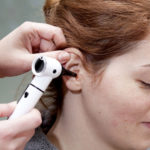
An ear infection occurs when fluid becomes trapped in the middle ear following a viral or bacterial infection. This painful affliction is most common in children, but can affect people of all ages. Ear infections can be either acute (of short duration) or chronic (persisting or reoccurring frequently). What Are the Causes of Ear Infections?…
Read More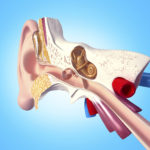
Ménière’s Disease Ménière’s disease is an inner ear disorder that causes fluctuating hearing loss, tinnitus, vertigo and fullness or pressure in the ear. It is the result of excess fluid in the inner ear. There is no cure for Ménière’s disease, but various strategies can help you manage your symptoms. What Causes Ménière’s Disease? The…
Read More
When water becomes trapped in the ear, bacteria can cause inflammation and infection of the ear canal. This painful affliction is known as swimmer’s ear and can occur following exposure to any moist environment. It is most common in children and teenagers, individuals with eczema and anybody with excess earwax. What Causes Swimmer’s Ear? Anybody…
Read More
Those with frequent exposure to cold water – most commonly surfers and swimmers – often suffer from reactive exostosis, an inflammation of the bone in the ear canal that leads to the formation of new bone growth. Known medically as exostosis but referred to informally as surfer’s ear, this condition causes bone to thicken, leading…
Read More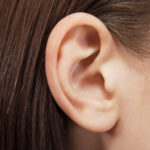
A ruptured, or perforated, eardrum is a tear in the thin membrane that separates the inner ear from the middle ear. The eardrum is an important part of how we hear, as it is instrumental in the process of converting a sound wave that enters the ear into an electrical signal that gets sent to…
Read More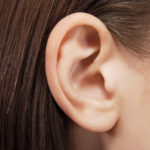
If you’re a parent, it probably comes as no surprise that middle ear infections are common in children, particularly those between the ages of six months and two years. Known as otitis media, these are caused by a number of factors, both physical and environmental. Most ear infections clear up on their own, or are…
Read More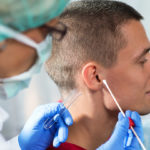
Earwax (cerumen) is a yellowish waxy substance produced by healthy ears. Earwax protects the ear from bacteria, water and foreign particles. It also assists in the cleaning and lubrication of the ear canal. Usually, excess wax is removed from the ear canal naturally. If a buildup does occur, the earwax will become hard and block…
Read More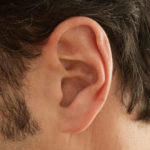
Cholesteatoma is an abnormal skin growth in the middle ear behind the eardrum that may also affect the mastoid (skull bone). It begins as a cyst that gradually increases in size, destroying the bones of the middle ear and causing hearing loss. What Causes a Cholesteatoma? When the Eustachian tube is functioning normally, it equalizes…
Read More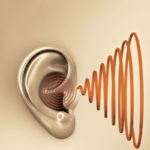
Otosclerosis is an abnormal growth of bone in the middle ear that causes hearing loss. It typically begins in the early 20s, and is the leading cause of middle ear hearing loss in young adults. What Causes Otosclerosis? The exact cause of otosclerosis is not known, but evidence suggests a genetic link passed down from…
Read More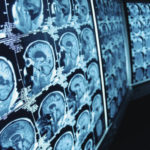
An acoustic neuroma is a benign tumor of the cranial nerve that connects the inner ear and the brain. Though noncancerous and typically slow growing, it can affect both hearing and balance, and may cause hearing loss, tinnitus and dizziness. In rare cases, tumors may become large enough to press against the brain, interfering with…
Read More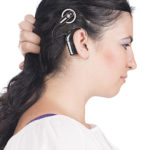
Bone Anchored Hearing Device is a hearing device that relies on direct bone conduction to transmit sound. This surgically implanted device bypasses the auditory canal and middle ear, utilizing bones as a pathway for sound to reach the middle ear. It’s an alternative for people with chronic ear infections, congenital external auditory canal atresia and…
Read More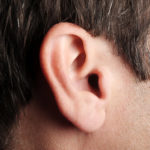
A patient suffering from a congenital defect, injury, or trauma to the ears may feel self-conscious about his or her appearance. Fortunately, help is available; reconstructive ear surgery (known as reconstructive otoplasty) can correct both cosmetic and medical deformities of the outer ear and restore a patient’s self-confidence, in addition to improving his or her…
Read More
Otoplasty is a cosmetic surgical procedure to change the shape, position, or size of the ears. It can correct defects of the ear that have been present from birth, or those resulting from injury or trauma. It is typically used to treat disproportionately large or protruding ears, and usually involves both ears to keep them…
Read More